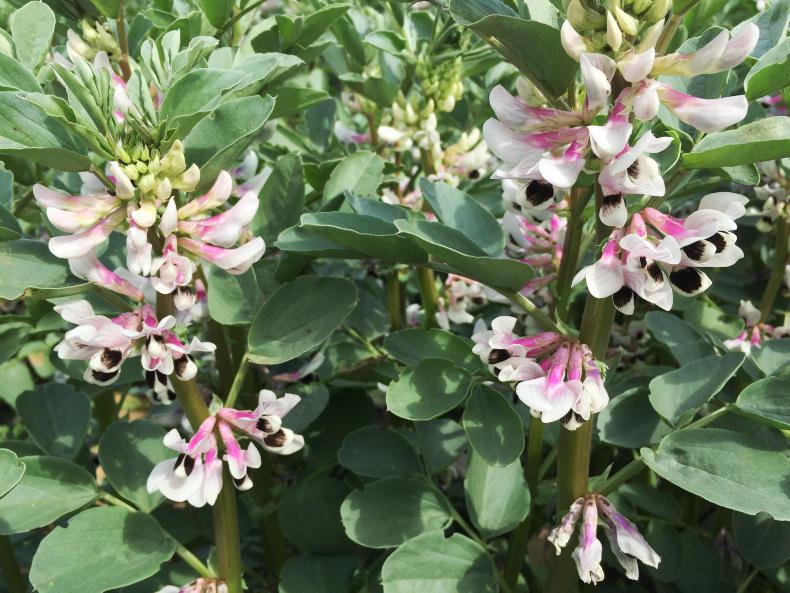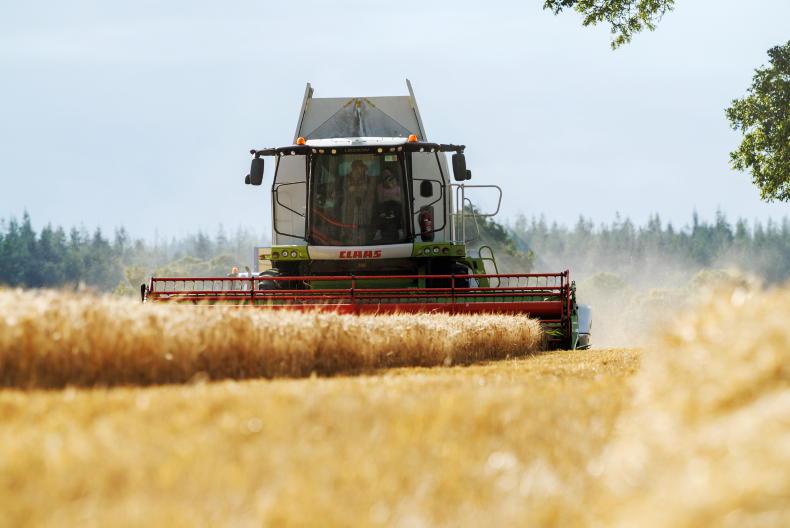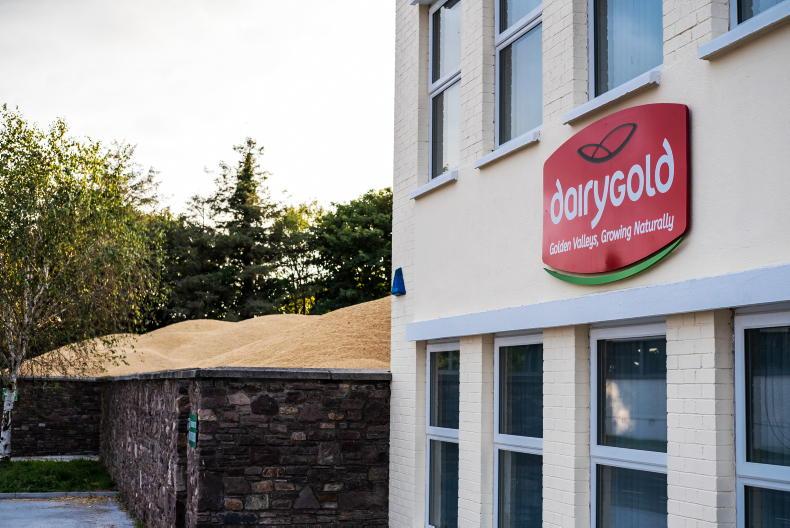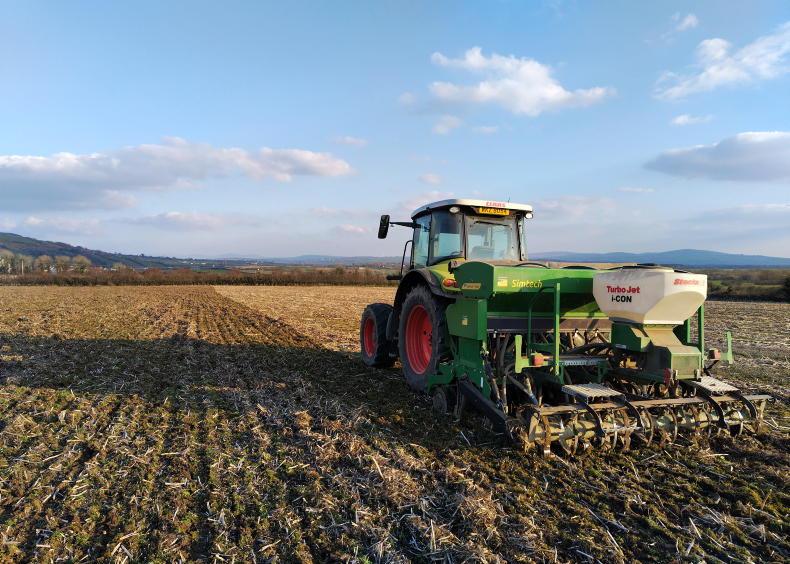The spring bean variety Boxer has been dropped from this year's recommended list.
The list, which was published last week, now contains just two recommended varieties, Fanfare and Lynx.
See Table 1 below.
No new varieties were added to the Department of Agriculture list this year.
However, two varieties, Caprice and Victus, have completed three years in trial, but were not considered for inclusion this year due to limited seed availability.
All varieties included on the recommended list have completed a minimum of three years in DAFM trials in Cork, Kilkenny, Kildare and Wexford.
In the trials, crops were drilled at 40 seeds/square metre, aiming to establish 25 to 30 plants.
The varieties are assessed as to their suitability under Irish conditions for yield, protein content, disease resistance and other agronomic traits.
Varieties
Fanfare: Is a good yielding variety, with good protein content. It has very good brackling and lodging resistance. It also has good chocolate spot and downy mildew resistance, but rust resistance is moderate.
Irl Agent: Seed Technology Ltd
Lynx: This variety is the highest-yielding variety on the recommended list, with good protein content. It has excellent brackling resistance and very good lodging resistance. It also has good chocolate spot and downy mildew resistance, while resistance to rust is moderate.
Irl Agent: Seed Technology Ltd.
About
The data is based on results of fungicide-treated trials, with the exception of disease resistance data, which is based on untreated trials.
Yield and quality data is based on trials harvested from 2018 to 2020.
Disease resistance scoring is based on a scale of 1 to 9, with scores over 8 indicating varieties are very resistant and scores under 4 indicating varieties that are susceptible.
Figures shown in brackets () are based on limited data and should be treated with caution, the Department says.
The control varieties used were Boxer, Fanfare and Lynx in both 2018 and 2019, while Fanfare, Lynx and Victus were used in 2020.
Yield and crude protein content are expressed relative to the mean of the control varieties (100 = mean of control varieties).
The mean yield of the control varieties when adjusted to 15% moisture over the 2018 to 2020 was 5.4t/ha.
The mean crude protein content was 24.9% when expressed as a percentage of the dry matter.










SHARING OPTIONS